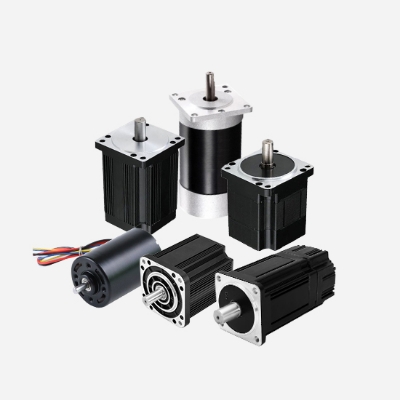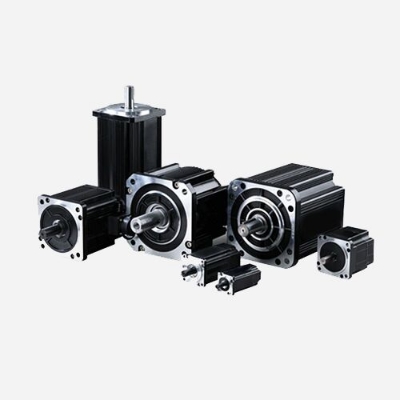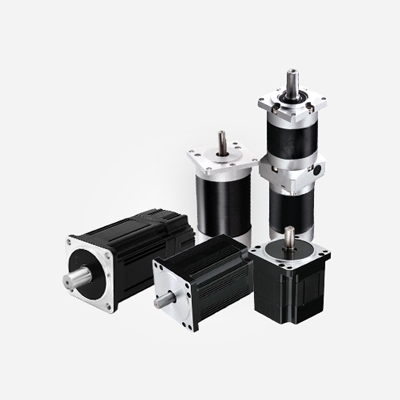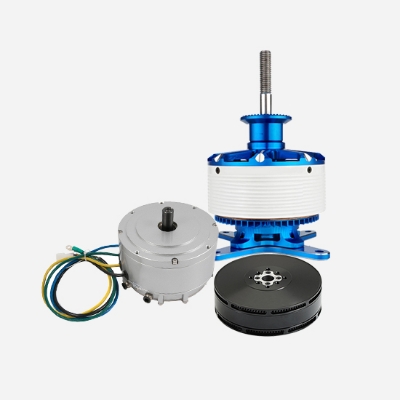When selecting a frameless brushless motor, engineers and product designers must consider several critical factors to ensure the best performance, reliability, and integration with their systems. Frameless BLDC motors, unlike traditional housed motors, are supplied as a rotor and stator set.
This design provides greater flexibility for integration into custom assemblies such as robotics, drones, aerospace systems, and medical devices. Below are the key considerations to guide your selection.
Brushless motors are high-efficiency, low-noise, and stable motors. Unlike traditional brushed motors, brushless motors do not have carbon brushes on their rotors, so they do not require lubrication and run more stably. Because of these advantages, brushless motors are widely used in various fields, such as automobiles, industry, medical care, and home appliances.
Planetary gear motors enhance output torque by reducing speed, reducing the burden on the motor, and improving transmission efficiency, providing strong support for BLDC motor systems. In applications requiring high torque and low-speed control, the combination of planetary gear motors and BLDC motors is undoubtedly a key solution for optimizing power system performance. With technological advancements and increasing demand, the combination of planetary gear motors and BLDC motors will show great potential in more fields.
When choosing the right brushless motor for your drone, it’s important to consider multiple factors, including the motor’s size, KV rating, intended use, and budget. We hope this article has helped clarify how to make an informed choice. To further simplify your purchasing process, we also provide a Buying Guide to help you quickly find the ideal motor and compatible electronic speed controller (ESC). Whether you are a beginner or an experienced pilot, Brushless.com can offer you expert advice and high-quality products to ensure your drone achieves optimal flight performance.
A planetary gear motor is a type of gear system that combines the principles of epicyclic gearing to achieve specific advantages in terms of torque, compactness, and efficiency. Selecting the right planetary gear motor is a critical decision that can significantly impact the performance and efficiency of your machinery or system. Planetary gear motors are known for their compact design, high torque output, and precise control, making them versatile for various applications.
Electronic speed controllers are a key device that is widely used in motor systems to achieve efficient and precise control of motor speed through the use of advanced electronics and control algorithms. In this article, Inverter store will take a closer look at how electronic speed controllers work, and the electronic speed controller prospects.
Brushless gear motors have gained significant popularity due to their efficiency, reliability, and versatility in various applications, such as robotics, automation, electric vehicles, and more. To ensure the longevity and optimal performance of these motors, proper maintenance is essential. This article will provide a comprehensive guide on how to maintain brushless gear motors effectively.
Brushless DC (BLDC) gear motors have gained immense popularity due to their efficiency, reliability, and precise control in various industrial and consumer applications. Whether you are designing a robotic arm, an automated conveyor system, or an electric vehicle, selecting the appropriate BLDC gear motor is crucial to ensure optimal performance. In this article, we will guide you through the key considerations to help you make an informed decision when choosing a BLDC gear motor.
Brushless motor has an irreplaceable role in the industrial field. It is precisely because of the outstanding role of brushless DC motor that it also needs long-term use. After the brushless motor is overloaded, the current will be too large, which will aggravate the motor fever, burn out the motor for a long time, and even cause a fire. So we should do a good job of maintenance, so as to make it work. So what should we do? In this article, we will introduce 4 tips about BLDC motor maintenance.
Both motor KV and the number of poles are related to the speed/RPM of the motor. We know that as the RPM increases, the KV value also increases. Alternatively, a higher number of poles corresponds to a motor running at a lower RPM. Therefore, the relationship between the number of motor poles and the KV value is inversely proportional. This makes sense when we actually consider it.




